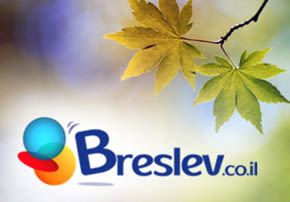
Midot Tovot Workshop – Part 2
The best gift we can give to our children is to teach them how Hashem, our Father in Heaven forgives us when we show a sincere effort to...

Step Three – Teshuva
In our last on-line session, we discussed the importance and beauty in teaching our children to appreciate the Almighty’s mitzvot. We mentioned stories that could be found in my book, “Precious Jewels,” that would inspire children to fulfill the mitzvot of, to name a few: showing honor to Hashem, being kind to others (chessed), visiting the sick (bikur cholim), returning lost articles (hashavat aveidah), and hospitality (hachnasat orchim). We also discussed the concept of how one mitzvah leads to another.
I remember that when I was a child, I remember my father z”tzl telling me one Shabbat afternoon: “In the days of Mashiach the difficulties endured by the Jewish nation will be likened to the difficulties endured by a woman giving birth. But what will protect us from these misfortunes? Chessed (being kind to others)!”
Young children are like sponges. They quickly absorb concepts that are presented in a warm, loving manner. Once they are inspired with a love of Hashem (step one: Tefillah), and are eager to perform His mitzvot (step two: Appreciation for Mitzvot), they are ready to understand the concept of teshuvah, returning to God. Their hearts are now receptive to learning about this lofty concept and applying it in their daily lives.
Eric Jenson in “Teaching with the Brain in Mind,” writes “Research suggest that skills are highly context dependent. The evidence of the abysmal failure of students to transfer learning from school subjects to real life is legendary. Data suggest that schools would do well to focus on much more real-world learning.”
From the above quote, we see how important it is to inspire children with stories and real-life experiences rather than lecturing!
To bring alive (Creative Experience) the concept of how Hashem uses a scale to weigh our deeds during Aseret Yimei Teshuvah, the Ten Days of Repentance, I drew a scale on construction paper, and labeled the right side of the scale “Mitzvot,” and the left side of the scale, “Aveirot” (sins). When my children did a mitzvah, I wrote it down on the right side. Of course I did everything possible to NOT need to write something on the left side, the side of Aveirot, but there were times, especially at bedtime, where I had no choice. I always made sure to erase anything on the left side when the children did teshuva!
Before Yom Kippur I would sit down with the children and review what I had written. I would tell the children how proud I was of the mitzvot they had fulfilled, and I would ask them if they were sorry for any aveirot they had inadvertently done. When they gave their word they would not repeat their bad deeds, I erased the entire list of aveirot, to show them how Hashem gives us a clean neshama for the coming year.
I also used the following story to teach them how, in addition to feelings of remorse, they must take positive action to complete their teshuva.
A simple villager visited the big city. While he was there, a house caught on fire. He heard the sound of a horn being blown and within minutes hundreds of people appeared, carrying buckets of water to put out the fire. It wasn’t long before the blaze was completely extinguished.
“What a marvelous idea!” the simple villager thought. He couldn’t wait to get back to his own home and show the people what he had seen.
When he arrived home, he gathered all the villagers and told them that he was about to show them what he had seen in the big city. Then he set his house on fire! As the house started to burn, the villagers yelled, “Are you crazy? The entire house will burn down!”
The foolish villager smiled as he calmly replied, “Don’t worry, I knew exactly what to do!” He proudly pulled a horn out of his coat pocket and started to blow! But although he blew and he blew, nothing happened. Not a single person appeared to extinguish the fire.
“I don’t understand,” he said, scratching his head in confusion. “In the big city, someone blew a horn and people came from everywhere with buckets of water to extinguish the fire. The horn worked there, so why isn’t it working here?”
“You fool!” the villagers exclaimed. “The horn was an alarm. When the horn was blown, the people stopped what they were doing, and raced to extinguish the fire. But blowing the horn without taking action is never enough!”
After telling my children this story, I would add: “My dear children! The horn represents the Shofar. We stop everything we are doing to go to shul and hear the Shofar. The Shofar is like an alarm clock. It is meant to wake us up to do teshuvah, to repent. But the blowing of the Shofar will only bring results if we take action. Feeling bad about our bad deeds is the beginning of teshuvah. But then we must show Hashem through our actions that we will try to change our ways, and stop doing bad deeds.
While teaching in a classroom setting, I invited the parents to school. Each parent came with her child to the front of the desk and read all her child’s mitzvot and aveirot from her child’s personal scale. If there parent read one or two avairot, I asked the student if he felt bad that he had done the aveira. If he responded in the affirmative, I presented him with a magic slate and showed how Hashem erases all our avairot!
I also told my children and students the story, “The Angel Who Repented,” on page 87 in “Precious Jewels.” Through that story, the children learned that teshuva is very precious in Hashem’s eyes and opens the gates of mercy in Heaven.
When teaching the children about honesty I told them the story, “The Honest Storekeeper” on page 90 of Precious Jewels, and “A Tallit Woven by a Cantonist’s Aleph-Beit on page 98 of Precious Jewels. Through these two stories I taught the children the power of teshuva that comes from a repentant and sincere heart.
Many times, especially in today’s day and age, we are concerned about the clothes our teenagers wear. It’s important to explain that although we cannot judge a person by externalities, the type of clothes we wear show the type of person we want to become.
The best gift we can give to our children is to teach them how Hashem, our Father in Heaven forgives us when we show a sincere effort to improve ourselves. People spend enormous sums of money in an attempt to rid themselves of guilt, and feel better about themselves. Yet, through teaching our children about the power of teshuva, we are showing them that no matter what we did wrong, if we sincerely repent, Hashem will forgive us. What a powerful tool to give our children as well as ourselves to feel menuchat hadaat, a peaceful mind, and menuchat hanefesh, a peaceful soul!!
To be continued…



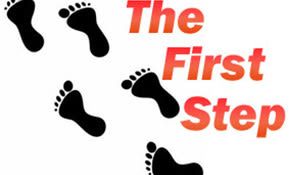
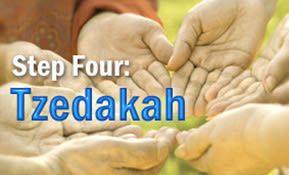


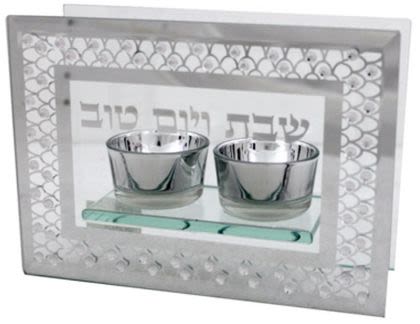
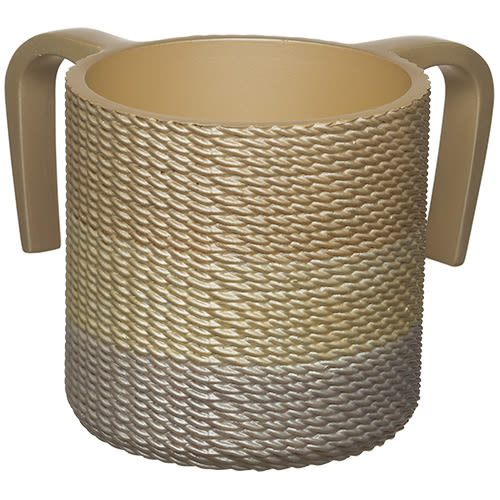
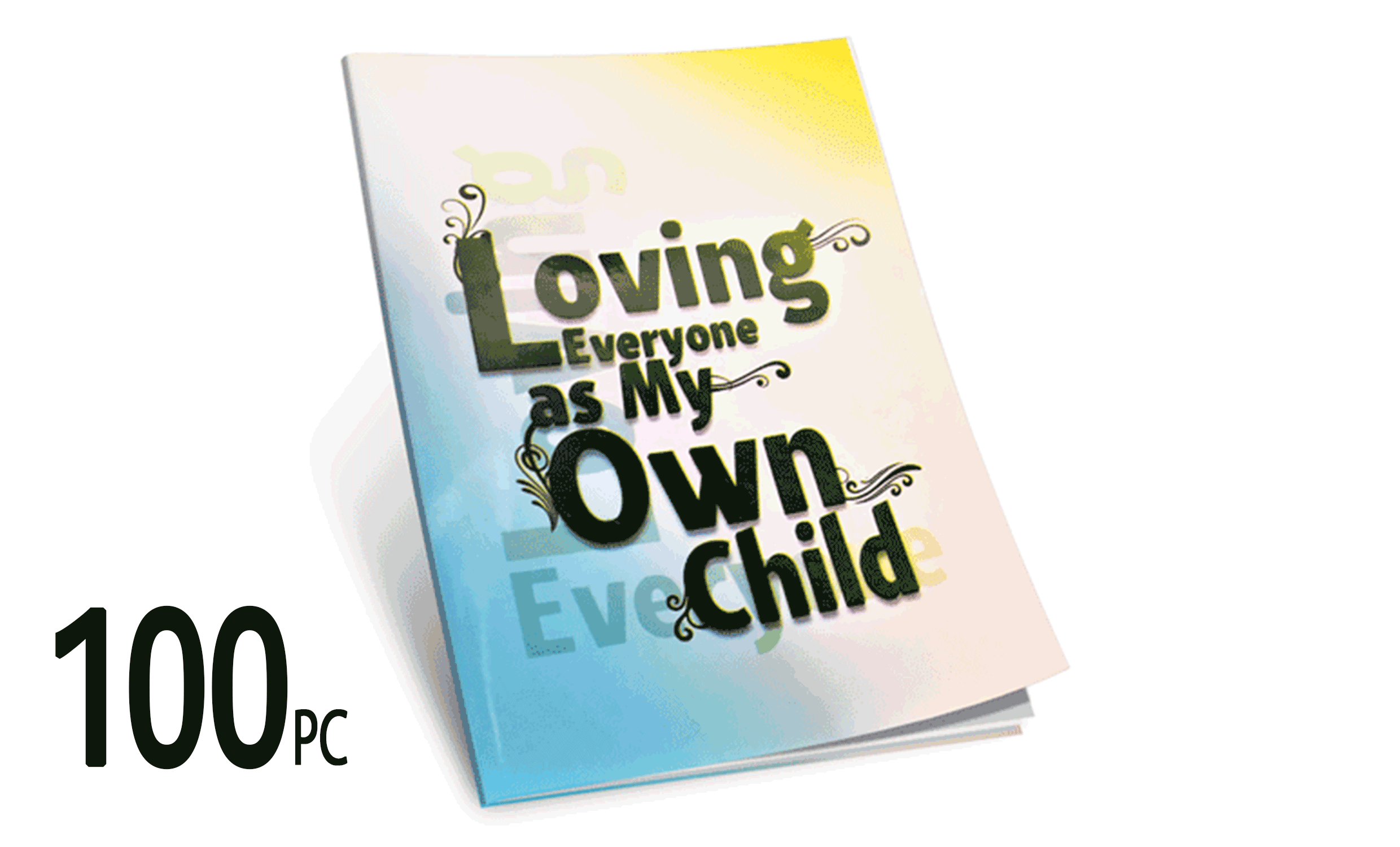

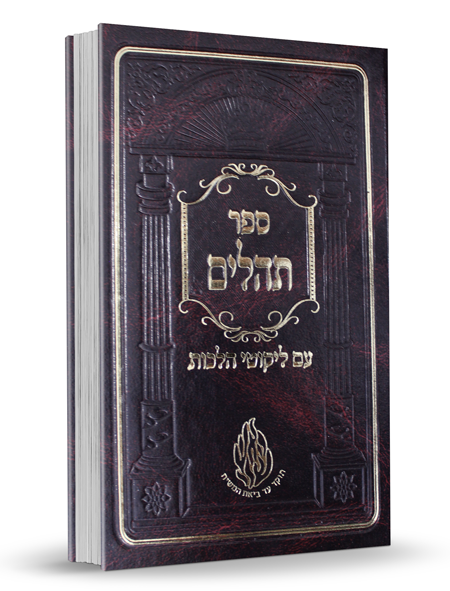

Tell us what you think!
Thank you for your comment!
It will be published after approval by the Editor.